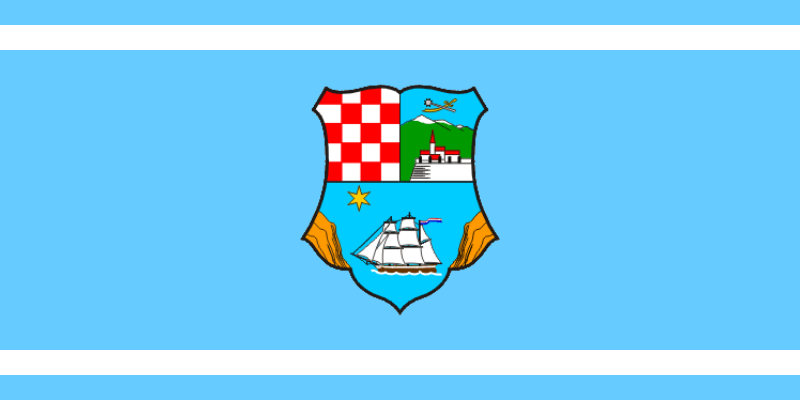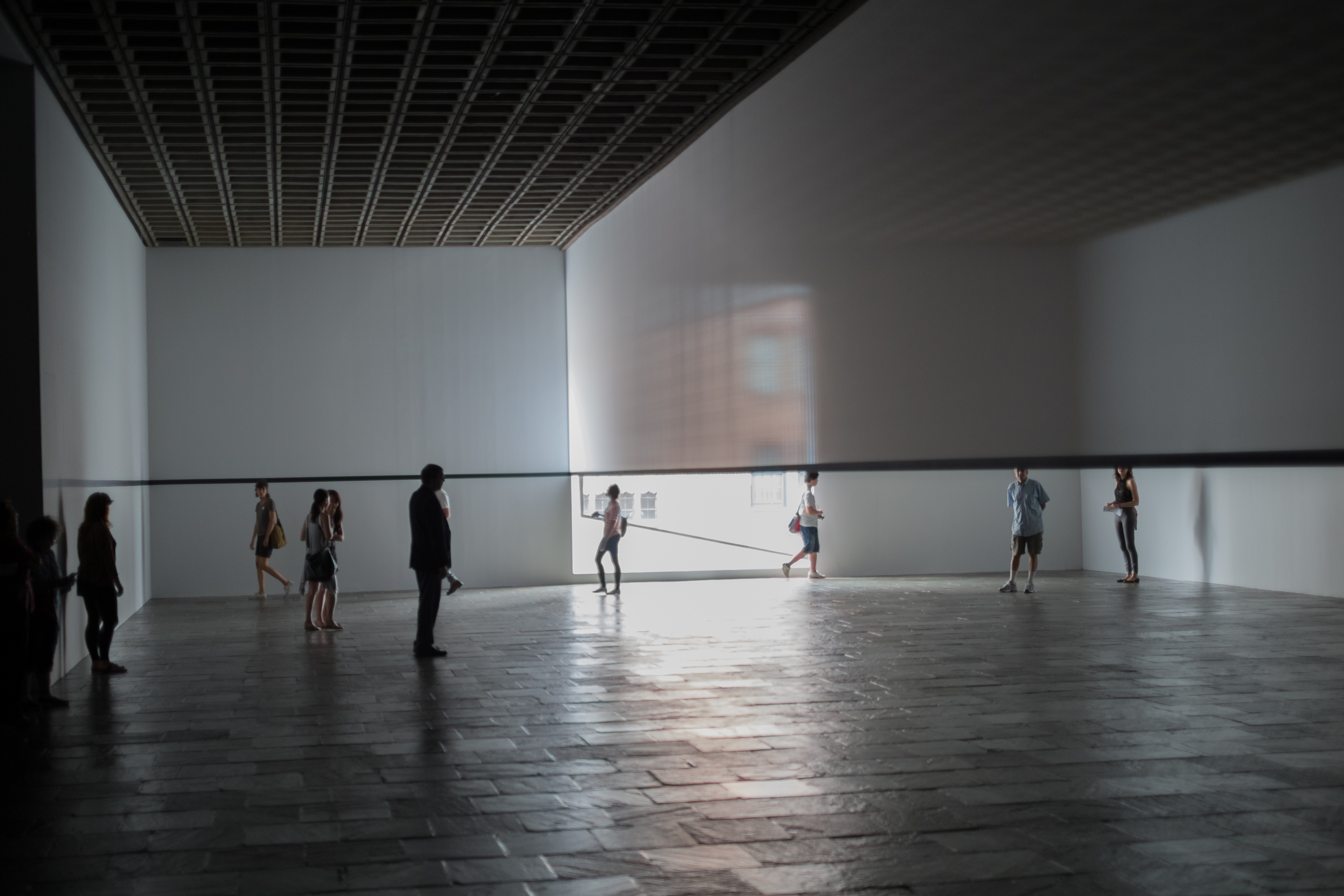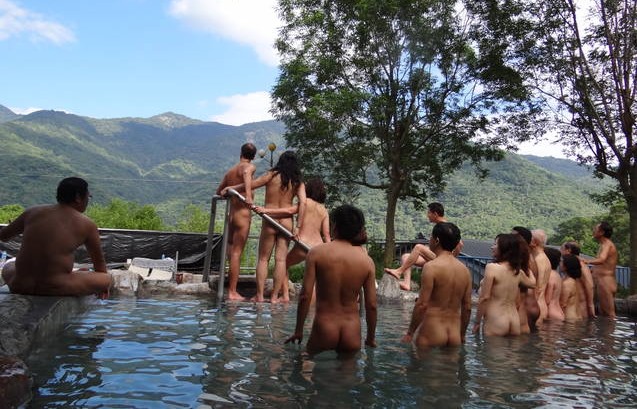|
Baška, Croatia
Baška () is a village and a municipality located on the southeast of the island of Krk, in Primorje-Gorski Kotar County, Croatia. According to the 2011 census, the municipality has a population of 1,656, with 899 in Baška itself. This cultural and historical center with its old stone houses and narrow streets, has been a tourist destination since the 19th century and has developed into a popular resort. It is known for its inscribed stone monument from 1100, its many surrounding beaches, and its long tradition in tourism. Baška has a rich cultural and historical heritage. Highlights are the early Christian archeological site from the 5th century, the renowned Baška tablet from the year 1100 found in the Church of St. Lucy, Jurandvor, Church of St. Lucy in the nearby Jurandvor, the remains of a Roman settlement, as well as many historic churches and chapels. The local museum in Baška houses an ethnographic collection. Baška is surrounded by woodlands and many sand and pebble ... [...More Info...] [...Related Items...] OR: [Wikipedia] [Google] [Baidu] |
Municipalities Of Croatia
Municipalities in Croatia (; plural: ''općine'') are the second-lowest administrative unit of government in the country, and along with List of cities in Croatia, cities and towns (''grad'', plural: ''gradovi'') they form the second level of administrative subdisivion, after Counties of Croatia, counties. Each municipality consists of one or more settlements (''naselja'') , which are the third-level spatial units of Croatia. Though equal in powers and administrative bodies, municipalities and towns differ in that municipalities are usually more likely to consist of a collection of villages in rural or suburban areas, whereas towns are more likely to cover urbanised areas. Law of Croatia, Croatian law defines municipalities as local self-government units which are established, in an area where several inhabited settlements represent a natural, economic and social entity, related to one other by the common interests of the area's population. As of 2023, the 21 counties of Croatia ... [...More Info...] [...Related Items...] OR: [Wikipedia] [Google] [Baidu] |
Populated Places In Primorje-Gorski Kotar County
Population is a set of humans or other organisms in a given region or area. Governments conduct a census to quantify the resident population size within a given jurisdiction. The term is also applied to non-human animals, microorganisms, and plants, and has specific uses within such fields as ecology and genetics. Etymology The word ''population'' is derived from the Late Latin ''populatio'' (a people, a multitude), which itself is derived from the Latin word ''populus'' (a people). Use of the term Social sciences In sociology and population geography, population refers to a group of human beings with some predefined feature in common, such as location, race, ethnicity, nationality, or religion. Ecology In ecology, a population is a group of organisms of the same species which inhabit the same geographical area and are capable of interbreeding. The area of a sexual population is the area where interbreeding is possible between any opposite-sex pair within the area ... [...More Info...] [...Related Items...] OR: [Wikipedia] [Google] [Baidu] |
Draga Bašćanska
Draga Bašćanska () is a village in Croatia on the island of Krk Krk (; ; ; ; archaic German: ''Vegl'', ; ) is a Croatian island in the northern Adriatic Sea, located near Rijeka in the Bay of Kvarner and part of Primorje-Gorski Kotar county. Krk is tied with Cres as the largest Adriatic island, depending o ... (Otok Krk, isola di Velia). It is connected by the D102 highway. The village celebrates the Fiesta of St. Ročo (San Rocco) on August 16th. Typical local products include honey and goat cheese. References Populated places in Primorje-Gorski Kotar County Krk {{PrimorjeGorskiKotar-geo-stub ... [...More Info...] [...Related Items...] OR: [Wikipedia] [Google] [Baidu] |
Batomalj
Batomalj is a small village located on the island of Krk, 3 km to the east of Baška and just to the southeast of Jurandvor. The Sanctuary of the Mother of God of Gorica ( Croatian: ''Svetište Majke Božje Goričke''), which is believed to date back to the 11th century, is located to the northeast of the village. History In 2018, on the day of Saint Florian, patron saint of firefighters, the house of musician Sebastian Bach Sebastian Philip Bierk (born April 3, 1968), known professionally as Sebastian Bach, is a Canadian-American singer who achieved mainstream success as the frontman of the hard rock band Skid Row from 1987 to 1996. He has acted on Broadway and h ... in Batomalj caught on fire. Firefighters received the call at 20:18, and both the ''DVD Baška'' and the ''JVP Grada Krka'' responded. of hose had to be laid to reach the house, but the fire was successfully localised by 21:07. References External links Krk Populated places in Primorje-Gorski Kotar Co ... [...More Info...] [...Related Items...] OR: [Wikipedia] [Google] [Baidu] |
Naselje
Settlements in Croatia, in Croatian ''naselje'' ( pl. ''naselja'') are the third-level spatial division of the country, and usually indicate existing or former human settlement. Each Croatian city or town (''grad'', pl. ''gradovi'') or municipality (''općina'', pl. ''općine'') consists of one or more settlements. A settlement can be part of only one second-level spatial division, whose territory is the sum of exclusive settlement territories. Settlements are not necessarily incorporated places, as second-level local authorities (towns and municipalities), known as ''jedinice lokalne samouprave'', delegate some of their functions to so-called ''jedinice mjesne samouprave'' (''gradski kotar'', ''gradska četvrt'', or ''područje mjesnog odbora''). The Croatian Bureau of Statistics publishes their decennial census data on the basis of official settlement (naselje) data from the Register of Spatial Units by the State Geodetic Administration. , there are 6 757 settlements in ... [...More Info...] [...Related Items...] OR: [Wikipedia] [Google] [Baidu] |
Dry Stone
Dry stone, sometimes called drystack or, in Scotland, drystane, is a building method by which structures are constructed from stones without any mortar to bind them together. A certain amount of binding is obtained through the use of carefully selected interlocking stones. Dry stone construction is best known in the context of stone walls, traditionally used for the boundaries of fields and churchyards, or as retaining walls for terracing, but dry stone shelters, houses and other structures also exist. The term tends not to be used for the many historic styles which used precisely-shaped stone, but did not use mortar, for example the Greek temple and Inca architecture. The art of dry stone walling was inscribed in 2018 on the UNESCO representative list of the intangible cultural heritage of humanity, for dry stone walls in countries such as France, Greece, Italy, Slovenia, Croatia, Switzerland and Spain. In 2024, Republic of Ireland, Ireland was added to the list. Hist ... [...More Info...] [...Related Items...] OR: [Wikipedia] [Google] [Baidu] |
Smiljan Radic
Smiljan Radic (born June 21, 1965, Santiago) is a Chilean architect of Croatian heritage."Smiljan Radic" in '' El Croquis'' no.169, 2013 Biography Radic graduated in 1989 in architecture at the and established his own office in 1995. Many of his projects are small scale, such as dwellings and installation designs that bridge across various cultural traditions. Radic was selected to design the 2014[...More Info...] [...Related Items...] OR: [Wikipedia] [Google] [Baidu] |
Site-specific Art
Site-specific art is artwork created to exist in a certain place. Typically, the artist takes the location into account while planning and creating the artwork. Site-specific art is produced both by commercial artists, and independently, and can include some instances of work such as sculpture, stencil graffiti, rock balancing, and other art forms. Installations can be in urban areas, remote natural settings, or underwater. History The term "site-specific art" was promoted and refined by Californian artist Robert Irwin but it was actually first used in the mid-1970s by young sculptors, such as Patricia Johanson, Dennis Oppenheim, and Athena Tacha, who had started executing public commissions for large urban sites. For ''Two Jumps for Dead Dog Creek'' (1970), Oppenheim attempted a series of standing jumps at a selected site in Idaho, where "the width of the creek became a specific goal to which I geared a bodily activity," with his two successful jumps being "dictated by a l ... [...More Info...] [...Related Items...] OR: [Wikipedia] [Google] [Baidu] |
Naturism
Naturism is a lifestyle of practicing non-sexual social nudity in private and in public; the word also refers to the cultural movement which advocates and defends that lifestyle. Both may alternatively be called nudism. Though the two terms are broadly interchangeable, ''nudism'' emphasizes the practice of nudity, whilst ''naturism'' highlights an attitude favoring harmony with nature and respect for the environment, into which that practice is integrated. That said, naturists come from a range of philosophical and cultural backgrounds; there is no single naturist ideology. Ethical or philosophical nudism has a long history, with many advocates of the benefits of enjoying nature without clothing. At the turn of the 20th century, organizations emerged to promote social nudity and to establish private Campsite, campgrounds and Naturist resort, resorts for that purpose. Since the 1960s, with the acceptance of public places for clothing-optional recreation, individuals who do not i ... [...More Info...] [...Related Items...] OR: [Wikipedia] [Google] [Baidu] |
Flag Of Primorje-Gorski Kotar County
A flag is a piece of fabric (most often rectangular) with distinctive colours and design. It is used as a symbol, a signalling device, or for decoration. The term ''flag'' is also used to refer to the graphic design employed, and flags have evolved into a general tool for rudimentary signalling and identification, especially in environments where communication is challenging (such as the maritime environment, where semaphore is used). Many flags fall into groups of similar designs called flag families. The study of flags is known as "vexillology" from the Latin , meaning "flag" or "banner". National flags are patriotic symbols with widely varied interpretations that often include strong military associations because of their original and ongoing use for that purpose. Flags are also used in messaging, advertising, or for decorative purposes. Some military units are called "flags" after their use of flags. A ''flag'' (Arabic: ) is equivalent to a brigade in Arab countries. In ... [...More Info...] [...Related Items...] OR: [Wikipedia] [Google] [Baidu] |
Jurandvor
Jurandvor is a village in Croatia Croatia, officially the Republic of Croatia, is a country in Central Europe, Central and Southeast Europe, on the coast of the Adriatic Sea. It borders Slovenia to the northwest, Hungary to the northeast, Serbia to the east, Bosnia and Herze ..., just to the north of Baška. It is connected by the D102 highway. The historic Church of St. Lucy, Jurandvor is located in the village. References Further reading * Populated places in Primorje-Gorski Kotar County Krk {{PrimorjeGorskiKotar-geo-stub ... [...More Info...] [...Related Items...] OR: [Wikipedia] [Google] [Baidu] |





